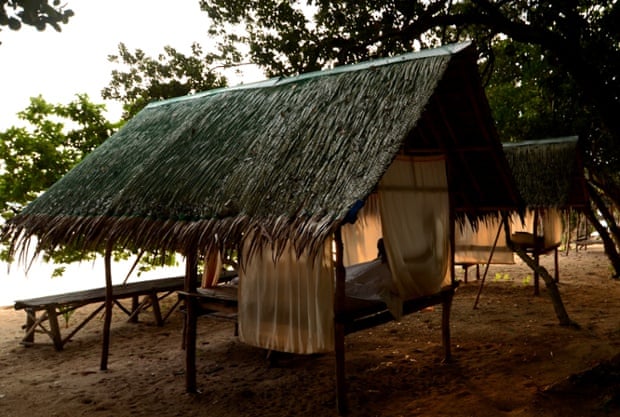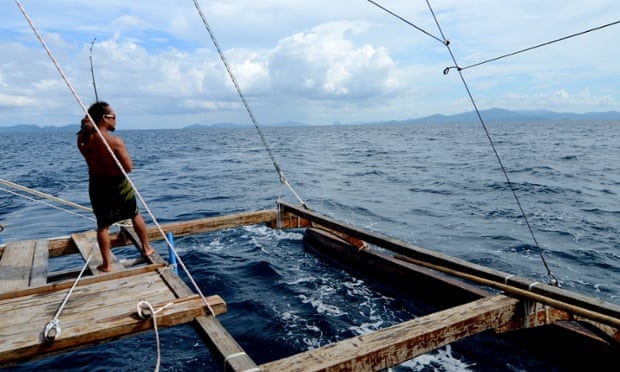PHL launches Apec 2015

PRESIDENT Benigno Aquino III told fellow government officials and businessmen on Monday that the world will witness next year how the Philippines has taken strides to achieve inclusive economic growth.
Speaking at the launch of the 2015 Asia Pacific Economic Cooperation (Apec) summit in Makati City, Aquino portrayed the country as a good example of treading progress without leaving others behind.
"This 2015, visitors from Apec economies will witness for themselves the vibrancy of an inclusive and growing nation...They will encounter our greatest resource: Our people, who are kind, compassionate, and talented beyond measure. And they will see for themselves an archipelago connected through a web of inclusiveness," he said.
Next year's summit, a gathering of the world's 21 most dynamic economies, will carry the theme "Building Inclusive Economies, Building a Better World," as Aquino called on Filipinos to "strive to continue being a prominent example of how economic growth should be."
The Philippine economy has grown 6.3 percent in recent years (2010-2013), the highest consecutive four-year average growth since the late 1970s.
It also received credit rating upgrades and improved rankings in the World Bank’s Ease of Doing Business Report and Transparency International’s Corruption Perceptions Index.
"Of course, true success cannot be measured by these numbers and distinctions alone. Rather, it can be seen in how these gains have become meaningful to our people. After all, the only real growth is inclusive growth, which has been the north star of all our government’s initiatives," said the President, who rose to power in 2010 on the back of an anti-corruption campaign.
Aquino said this can be seen in the government's commitment in pumping more money to education and expanding the conditional cash transfer program, wherein the government will provide poor families with a monthly cash grant, in exchange for pregnant mothers undergoing regular health check-ups, and children being sent to school.
"This is inclusive growth: where economic progress enables the betterment of our peoples; and where those empowered peoples can open the doors wider to even greater progress, spurring a virtuous cycle of empowerment and continuous development," Aquino said.
After the speech, Aquino led the unveiling of the logo for Apec 2015, a globe with triangles bearing the colors of the Philippine flag (blue, red and yellow).
Trade Secretary Gregory Domingo, meanwhile, said the country's hosting next year is an opportunity to highlight the significance of the small and medium enterprises (SMEs) in the country’s economy, and their role and integration in global supply chains.
The country’s micro, small and medium enterprises (MSMEs) account for 99 percent of the businesses, and contribute 65 percent of the jobs generated by all types of business establishments.
Meetings among ministers and senior officials of member economies will begin next week in Legazpi City. This will be capped by the summit of heads of government on November 17-18, 2015.
Apec, which includes powerhouses United States, China, Japan, South Korea and Canada, discusses ways to facilitate free trade and economic integration each year.
Asia Pacific is home to 40 percent of the world's population and controls 54 percent of global economic output and 44 percent of trade.
The Philippines last hosted the summit in 1996 under the term of then President Fidel Ramos. (Sunnex)
By Virgil B. Lopez
Sunstar
Monday, December 1, 2014Sunstar

The Philippines will host the Asia Pacific Economic Cooperation (Apec) summit in 2015 with the theme "Building Inclusive Economies, Building a Better World."
PRESIDENT Benigno Aquino III told fellow government officials and businessmen on Monday that the world will witness next year how the Philippines has taken strides to achieve inclusive economic growth.
Speaking at the launch of the 2015 Asia Pacific Economic Cooperation (Apec) summit in Makati City, Aquino portrayed the country as a good example of treading progress without leaving others behind.
"This 2015, visitors from Apec economies will witness for themselves the vibrancy of an inclusive and growing nation...They will encounter our greatest resource: Our people, who are kind, compassionate, and talented beyond measure. And they will see for themselves an archipelago connected through a web of inclusiveness," he said.
Next year's summit, a gathering of the world's 21 most dynamic economies, will carry the theme "Building Inclusive Economies, Building a Better World," as Aquino called on Filipinos to "strive to continue being a prominent example of how economic growth should be."
The Philippine economy has grown 6.3 percent in recent years (2010-2013), the highest consecutive four-year average growth since the late 1970s.
It also received credit rating upgrades and improved rankings in the World Bank’s Ease of Doing Business Report and Transparency International’s Corruption Perceptions Index.
"Of course, true success cannot be measured by these numbers and distinctions alone. Rather, it can be seen in how these gains have become meaningful to our people. After all, the only real growth is inclusive growth, which has been the north star of all our government’s initiatives," said the President, who rose to power in 2010 on the back of an anti-corruption campaign.
Aquino said this can be seen in the government's commitment in pumping more money to education and expanding the conditional cash transfer program, wherein the government will provide poor families with a monthly cash grant, in exchange for pregnant mothers undergoing regular health check-ups, and children being sent to school.
"This is inclusive growth: where economic progress enables the betterment of our peoples; and where those empowered peoples can open the doors wider to even greater progress, spurring a virtuous cycle of empowerment and continuous development," Aquino said.
After the speech, Aquino led the unveiling of the logo for Apec 2015, a globe with triangles bearing the colors of the Philippine flag (blue, red and yellow).
Trade Secretary Gregory Domingo, meanwhile, said the country's hosting next year is an opportunity to highlight the significance of the small and medium enterprises (SMEs) in the country’s economy, and their role and integration in global supply chains.
The country’s micro, small and medium enterprises (MSMEs) account for 99 percent of the businesses, and contribute 65 percent of the jobs generated by all types of business establishments.
Meetings among ministers and senior officials of member economies will begin next week in Legazpi City. This will be capped by the summit of heads of government on November 17-18, 2015.
Apec, which includes powerhouses United States, China, Japan, South Korea and Canada, discusses ways to facilitate free trade and economic integration each year.
Asia Pacific is home to 40 percent of the world's population and controls 54 percent of global economic output and 44 percent of trade.
The Philippines last hosted the summit in 1996 under the term of then President Fidel Ramos. (Sunnex)



































































